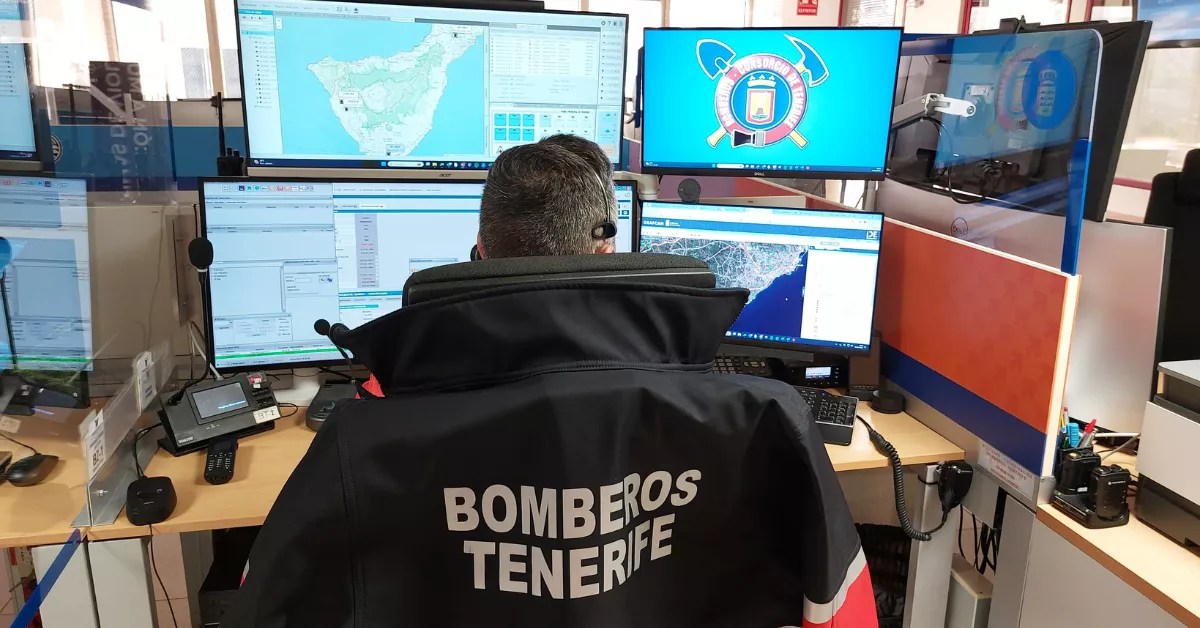
SANTA CRUZ DE TENERIFE, 22 Jul. (EUROPA PRESS) –
The Health Department of the Canary Islands Government, through the General Directorate of Public Health, has issued health warnings regarding the potential high temperatures expected in the coming days in various areas of Gran Canaria, Tenerife and El Hierro.
An algorithm has been established to determine risk levels, taking into account the projected maximum temperatures, threshold temperatures, and risk factors for the thirteen ‘meteosalud’ zones created in the Canary Islands to monitor temperatures.
The areas expected to be impacted include municipalities in the South, East and West of Gran Canaria (34 ºC), as well as the Cumbres de Gran Canaria area (33 ºC), the Metropolitan and northern areas of Tenerife, and the island of El Hierro.
From 23 to 25 July, Gran Canaria will be under a red warning in Agüimes, Mogán, Santa Lucía de Tirajana, San Bartolomé de Tirajana, Valsequillo, and Vega de San Mateo, with an orange warning in Artenara, Ingenio, and Santa Brígida.
In Tenerife, there will be an orange warning in Candelaria and Santa Cruz de Tenerife, and a yellow warning in La Orotava. Meanwhile, El Hierro will have a yellow warning in El Pinar.
The General Directorate of Public Health has implemented an epidemiological surveillance system to monitor the impact of high temperatures on the population’s health, in coordination with healthcare and emergency centers in the Canary Islands. Alerts are also issued to these centers and affected municipalities regarding potential high-risk situations.
Public Health authorities are also sharing information with the media to offer valuable advice and practical measures to mitigate the effects of extreme heat exposure.
On 17 June, a new alert system was activated in thirteen meteoZones across the Canary Islands. These areas, designated by Aemet for meteorological forecasting, share similar climatic conditions for adverse weather phenomena (FMA), making them homogeneous territorial zones in terms of daily temperature patterns.
The meteoSalud zones in the Canary Islands, along with their respective temperature thresholds that trigger risk warnings, are as follows: on Tenerife, the metropolitan area (31º C), North Zone (32º C), and South, East, and West Zone (34º C). On Gran Canaria, the North-capital Zone (32º C), peaks of Gran Canaria (33º C), and South, East, and West Zone (34º C).
Furthermore, on La Palma, peaks (35º C), East Zone (30º C), and West Zone (35º C) have been identified. The remaining zones correspond to the territories of Lanzarote (34º C), Fuerteventura (34º C), La Gomera (33º C), and El Hierro (31º C).
Levels of Risk
Health risk levels for instances of extreme temperatures, as determined by the Ministry of Health, are based on a decision algorithm.
Utilizing this algorithm, considering the forecasted maximum temperatures, established thresholds, number of days of persistence (minimum of three), and specific risk factors for each region, four risk levels are identified: Level 0 (green) indicating no risk; Level 1 (yellow) representing low risk; Level 2 (orange) indicating moderate risk; and Level 3 (red) signifying high risk.
Vulnerability to high temperatures encompasses individual risk factors such as age over 65, infants, pregnant women, among others. It also includes environmental, local (e.g. homeless individuals, athletes, particularly hikers), and occupational factors, among others.
















